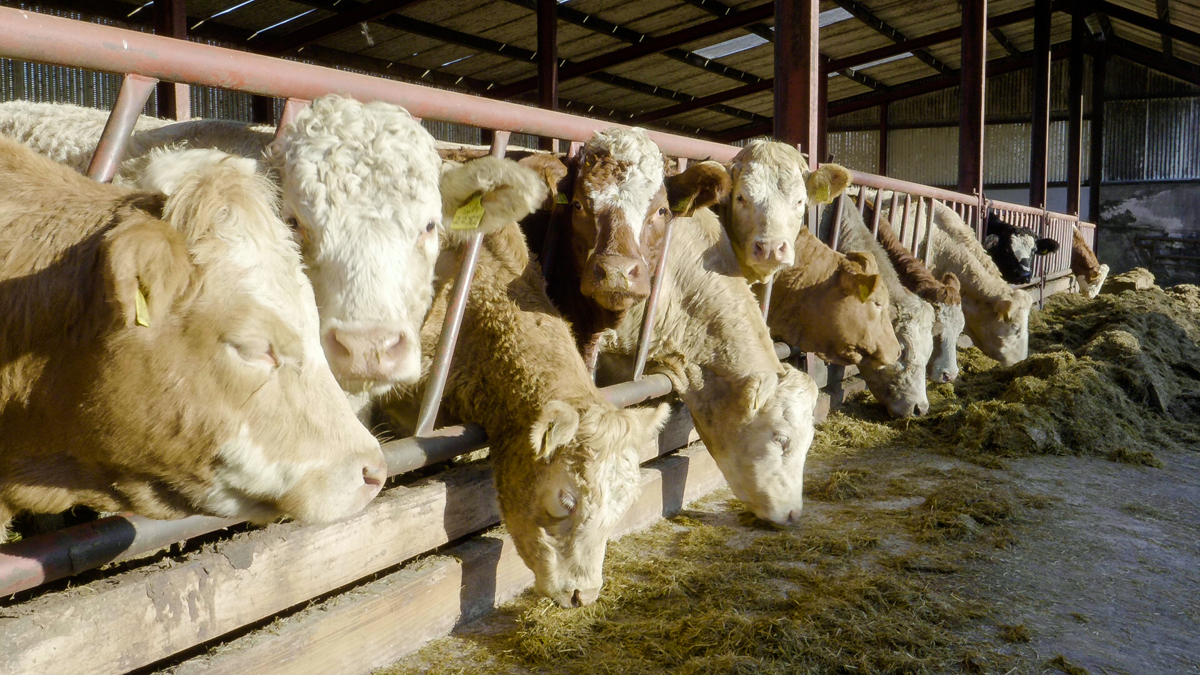Regular cleaning of feed storage is “vital” to maintain the health and welfare of animals and reduce the potential risk of mad cow disease.
This is according to the Agriculture and Horticulture Development Board (AHDB), which said that Bovine Spongiform Encephalopathy (BSE), more commonly known as mad cow disease, can be found in old feed residue.
“BSE in cattle was caused by cattle eating rendered animal products contaminated with the BSE agent,” AHDB said.
“Due to a ban in 1996 on animal proteins in feed for farm animals, cases of classical BSE are now rare, but cases do still occasionally occur.”
A case of mad cow disease was found in an animal on a farm in Cornwall on March 20, 2023.
AHDB has reiterated the Department for Environment, Food and Rural Affairs’ (Defra’s) advice regarding risk of disease in animal feed storage units.
The department’s advice highlights the importance of cleaning animal feed storage areas, containers and equipment regularly, helping to avoid unnecessary contamination and reduce the risk of disease on the farm.
Advice
The department has urged farmers to replace silos predating August 1996, as it will eliminate mad cow disease risk.
If this is not possible, Defra has advised that the silos be thoroughly cleaned inside and out and old feed remnants removed.
For cleaning, the department recommends:
- Establishing a system to regularly empty and clean storage units before new feed consignments at least every 12 months;
- Avoiding moisture and use vacuum cleaning for old feed residues;
- Utilising dry or vacuum methods to remove feed residues, particularly in joints and grooves;
- Thoroughly cleaning troughs and hoppers;
- Applying a suitable disinfectant after cleaning;
- Drying storage facility before refilling.
Defra urged farmers to consider the type and condition of their stored products, as storage areas should keep products clean, dry and orderly.
Storage facilities should allow for enough space to separate each product.
The department also encouraged detailed records of cleaning activities to be kept which note the date, time, location, areas or equipment cleaned and cleaning products used.
The records should be retained for at least seven years, the department said.

